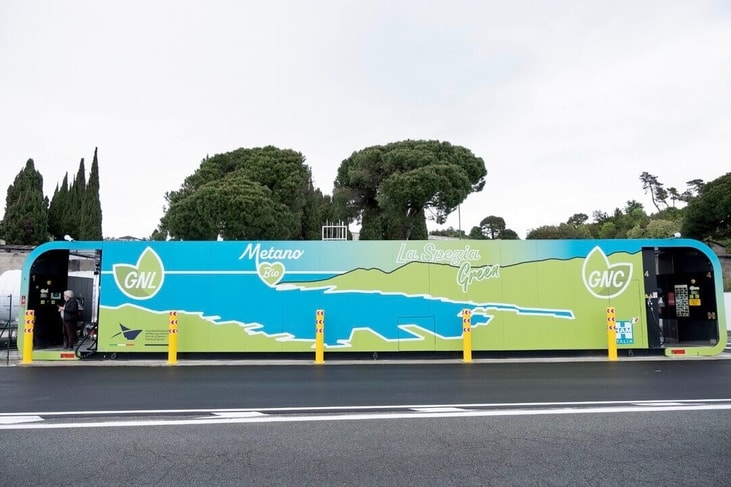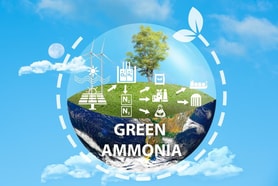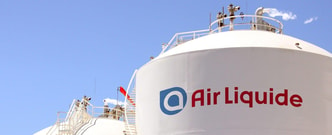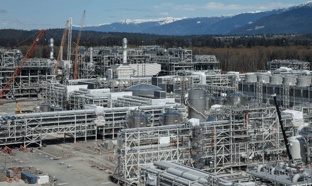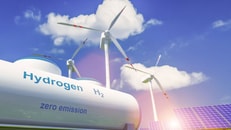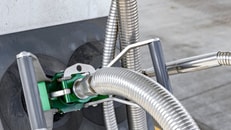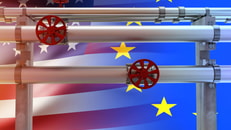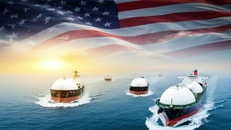HAM launches first EDUX LNG-CNG refuelling station in Italy
Service station specialist HAM Group (HAM) has opened a new compressed natural gas (CNG) – liquefied natural gas (LNG) service station in Italy.
The station is the first of the company’s EDUX range of mobile and transportable refuelling stations to be installed in the country.
Located in Via del Camposanto, in front of the ‘Stagnoni’ access to the Port of La Spezia, the station joins a network of more than 40 filling stations offered by HAM Italia and over 140 within the wider HAM Group.
“Our customers will be able to refuel LNG (two hoses) for trucks and heavy vehicles, as well as CNG (two hoses) for cars, light vehicles and trucks,” said a company spokesperson.
... to continue reading you must be subscribed

